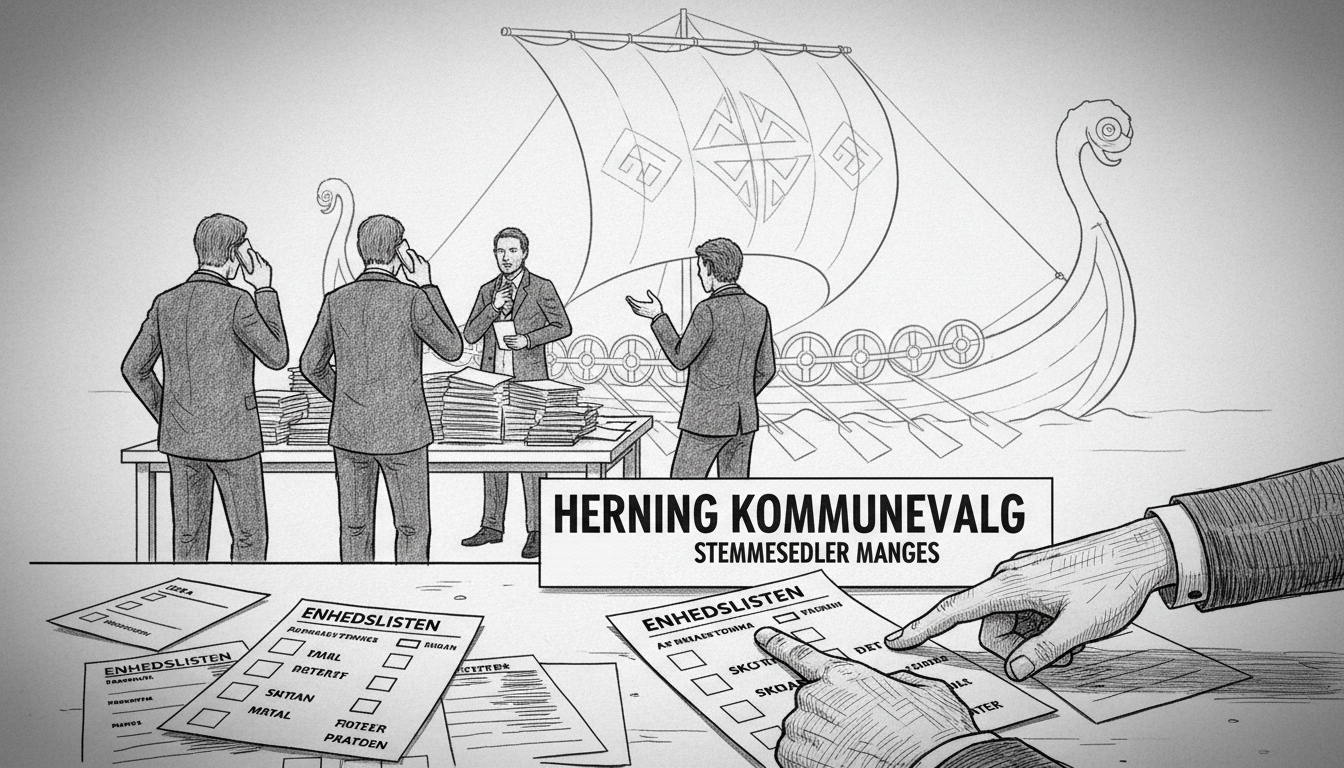A critical printing error has disrupted municipal elections in Herning, Denmark. Official ballots distributed to polling stations lack the voting box for Enhedslisten, the Red-Green Alliance party. Election officials confirmed the mistake affects all 26 polling locations across the municipality.
The error means nearly 71,000 eligible voters cannot mark their ballots in the standard way for this political party. Election authorities are instructing voters to place their mark before or after the party name or within candidate boxes below the party listing. Polling stations now display signs explaining these alternative voting methods.
Chief electoral officer Peter Vallentin described the situation as deeply frustrating in a public statement. He acknowledged the municipality must take full responsibility for the printing error. Herning officials have sought guidance from the Interior Ministry regarding ballot validity and election procedures.
This incident recalls similar ballot problems in other Danish municipalities during recent elections. Such errors can potentially affect election outcomes in close races. The missing voting box raises questions about ballot design verification processes in Danish elections.
Herning's current mayor represents the Venstre party, which held the mayor's office continuously from 2007 through the present administration. The missing voting box affects a competing left-wing party in a municipality traditionally governed by center-right leadership.
Danish election law contains specific provisions for handling ballot irregularities. The Interior Ministry must determine whether votes marked outside designated areas will count equally. Past precedents suggest properly marked votes will receive full validation regardless of placement.
International observers of Nordic democracies often point to their electoral integrity. This incident demonstrates that even well-organized systems can experience administrative errors. The situation highlights the importance of thorough ballot proofing before printing.
Voters expressed confusion at polling stations despite the posted instructions. Election workers received additional training to handle questions about the unusual voting procedure. The municipality aims to maintain voting accessibility despite the printing error.
Final election results may face minor delays while officials verify all properly marked ballots. The incident serves as a reminder that electoral transparency requires constant administrative vigilance across all Nordic democracies.

